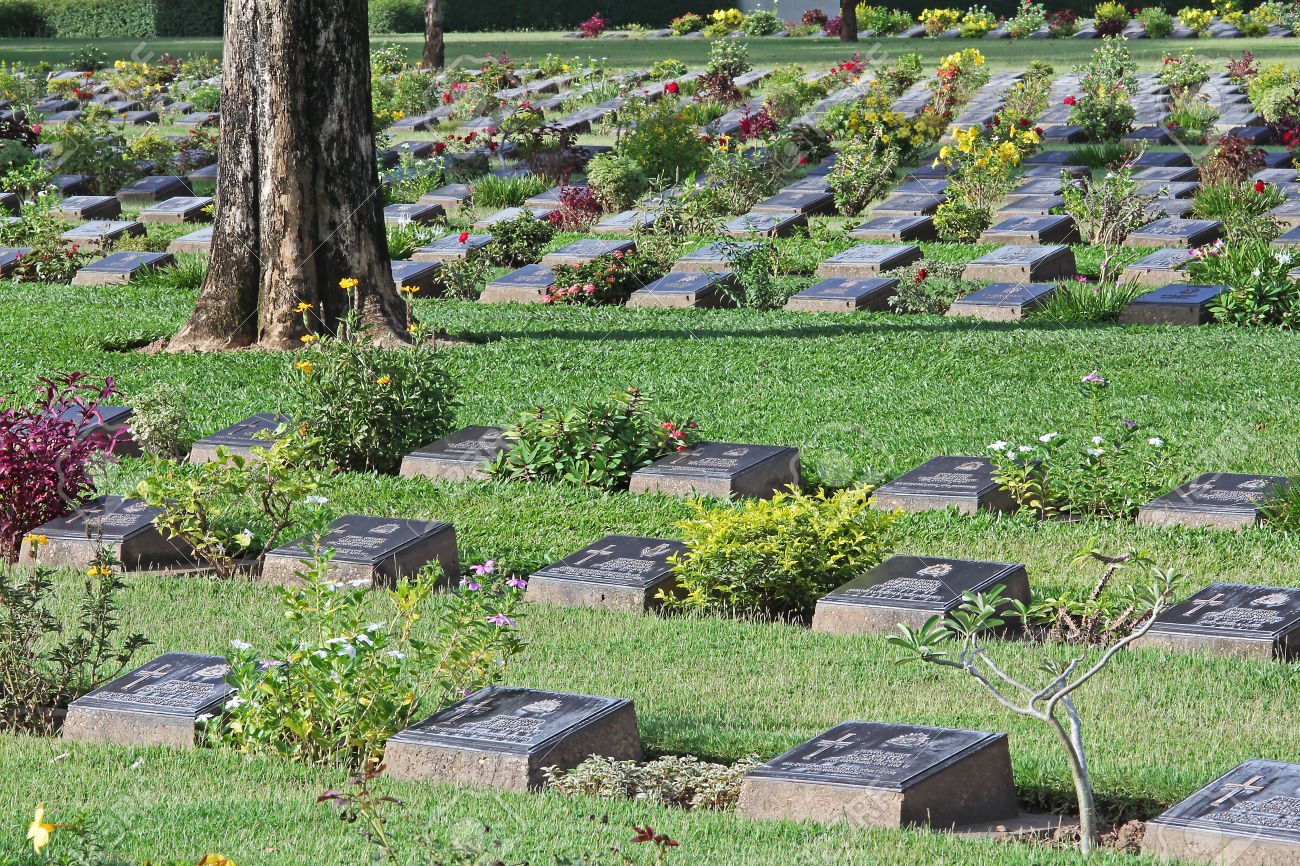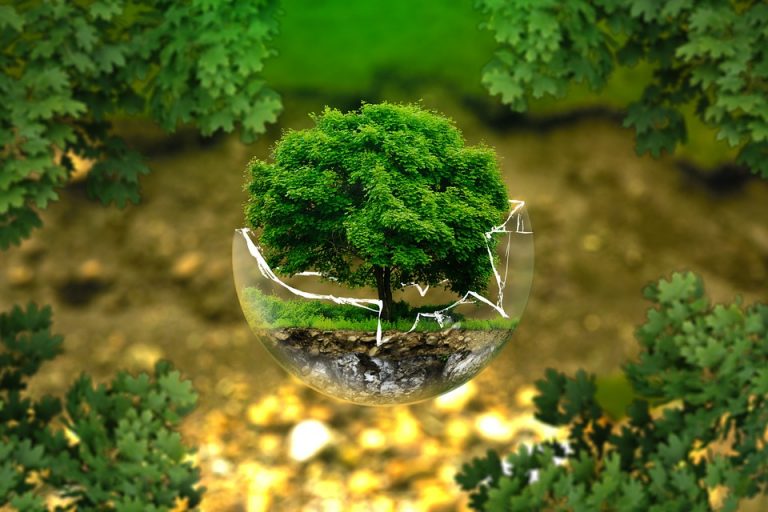
There’s a green movement occurring in the United States – and it pertains to burials. More people are considering environmentally friendly alternatives to traditional funeral and burial practices, products and services.
“We think it’s a great trend,” says Will Chang, co-founder and CEO of Parting. “It’s important that people know they have options to celebrate their lives in a way that aligns with their values.” Companies like Parting.com
https://www.parting.com/about-us have made it easier to find and compare funeral homes.
“We always say that we’re not reinventing the wheel; we’re just going back to how they did it 100 years ago,” says Kate Kalanick, executive director of the Green Burial Council http://greenburialcouncil.org/, a non-profit organization that certifies green funeral homes, burial grounds and product manufacturers.
“In the last 24 months, the interest has really ramped up,” she says. “Part of it is media coverage, but what I really attribute it to is we have this generation of awareness and concern and consciousness and the right to choice and wanting to be more in control of what our options are. People are requiring more out of their death care and food – [like organic options]– or whatever it is—they’re looking for more.”
What is a green burial, also called natural burial?
A green burial is an environmentally friendly burial with the goal of having as little impact on the earth as possible. For a burial to be considered green, it must meet three requirements established by the Green Burial Council http://greenburialcouncil.org/standards/ :
The body can’t be preserved with traditional embalming fluid, vaults are not allowed and only biodegradable burial containers (such as untreated cardboard or wood, wicker or bamboo) or shrouds (such as linen or wool) can be used. This encourages rapid decomposition and the return of the body’s nutrients into the soil.
“What we 2016 people are calling ‘green burial’ is what an 1895 person would have called ‘burial,’” says Josh Slocum, executive director of the Funeral Consumers Alliance https://www.funerals.org/ “What makes it green is that it uses less. You’re buying fewer chemicals, fewer boxes, fewer permanent pieces of merchandise.”
Why choose a green burial?
More people are pushing hard to leave a smaller carbon footprint on the earth. Selecting a green burial—using green burial products and being buried in a green cemetery or natural burial ground—decreases your impact.
A green burial is a way for us to care for our dead and allow the body to go back to the earth in a simple, natural fashion with minimal environmental impact, says Shari Wolf, founder of Natural Grace Funerals and Cremations, serving the greater Los Angeles area http://naturalgracefunerals.com/index.html
“A lot of people love the simplicity. For the families we work with that make that choice, it’s really a very unique and beautiful experience.”
Interest is growing
A 2014 study http://www.famic.org/index.php/famic-study conducted by the Funeral and Memorial Information Council found that 64 percent of people 40 years and older said they would be interested in green funeral options – that’s a 21 percent jump from 2010.
And the number of Green Burial Council-certified providers in North America has increased from one in 2006 to more than 300 today. That includes 224 funeral homes, 57 cemeteries and 31 product providers. To find a provider, you can search: https://greenburialcouncil.org/find-a-provider/
What about green cemeteries?
More cemeteries are offering environmentally friendly services, including hybrid cemeteries – conventional cemeteries that converted some of their land for green burials – to conservation burial grounds –a natural burial ground that also acts as a wildlife preserve.
Shelia Champion is owner of The Good Earth http://www.thegoodearthllc.com/home-1.html , a five-acre green burial ground in Alabama where bodies are prepared without embalming fluid, dressed in biodegradable clothing, placed into an eco-friendly casket or shroud, and buried without a vault. Also, only live flowers are allowed.
“No fake flowers or flowers stuck in Styrofoam on the graves,” Champion says.
Champion’s burial ground features a natural wooded area and small meadow with burial plots.
“Traditional cemeteries typically have manicured lawns, probably driveways or paths, and marble or granite tombstones and everything’s laid out bam, bam, bam,” Champion says. “The meadow is an open area that I worked with an assistant biology professor at the University of Alabama. He came up with a list of native plants that I planted that will bring the earth back to its natural state… I planted clovers to draw more bees and milkweed to attract monarch butterflies…
“We have no vaults, no granite monuments that used fossil fuels to mine it and polish it,” Champion adds. “However, in the meadow you can choose a natural stone and have it engraved.”
Traditional headstones typically aren’t allowed in green cemeteries. Some natural-burial cemeteries – like Champion’s — allow a small, unpolished flat stone to mark gravesites. Other green-burial cemeteries have the locations of the gravesites noted using GPS technology. https://www.verywell.com/what-is-a-green-burial-1131911
Impact of traditional practices
Traditional burial and cremation practices are having a significant environmental impact. According to the Green Burial Council, each year in 22,500 U.S. cemeteries we bury:
- 3 million gallons of embalming fluid
- 20 million board feet of hardwoods
- 6 million tons of reinforced concrete
- 17,000 tons of copper and bronze
- 60,000 tons of steel
And each body that’s cremated:
- Uses fossil fuels to reach and maintain 1,900 degrees F for more than two hours, equal to a 4,800-mile drive
- Emits mercury and other elements into the air and water
(It should be noted that while many may consider cremation a “greener option,” the Green Burial Council doesn’t certify any cremation disposal programs).
What’s the cost?
A green burial can cost significantly less than a traditional burial –typically it’s $2,000 to $3,000. The national median cost of a traditional funeral viewing and burial was $7,181 in 2014, according to the National Funeral Directors Association. http://www.nfda.org/news/statistics Add a vault and it’s $8,508.
New greener choices
One more thing to note is there’s a relatively new alternative to conventional cremation called alkaline hydrolysis, which has been deemed much faster and better for the environment. It’s a water-and-chemical solution that essentially washes remains away, leaving bone ash similar to that of a regular cremation. http://pilotonline.com/news/local/health/for-people-worried-about-carbon-footprint-green-burial-options-provide/article_1f5aab76-a3fb-5e16-8bc8-c264b865568a.html
Such alternatives are getting people’s attention.
“Alkaline hydrolysis or alternative death care products or whatever it is — makes people think about their disposition,” Kalanick says. “It makes people think about their carbon footprint, and so any new thing coming out that promises something greener – that’s great. It gets the conversation going.”





Leave a Comment